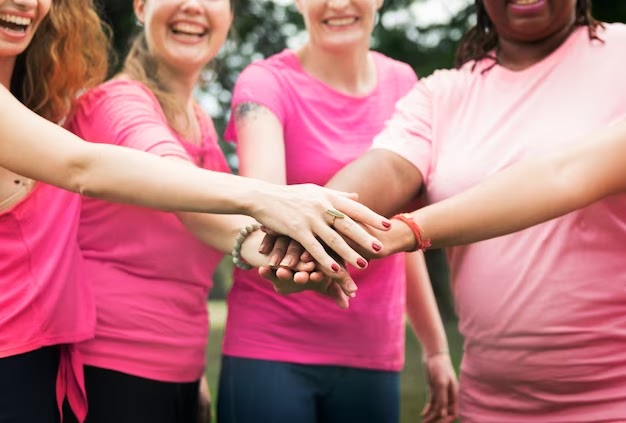🌍 “Everyone’s Watching Me”: How the Digital Age is Rewiring Our Social Anxiety
The Age of Eyes
There was a time when anxiety meant standing on a stage.
Now, it’s posting a story on Instagram.
Social anxiety used to be about physical crowds — now it’s about digital ones. We carry invisible audiences in our pockets, refreshing notifications like lifelines, wondering: Did they see it? Did they like it? Did I say too much?
The world has never been so connected — yet so scrutinized. Every click, every comment, every pause becomes data, and the brain, our ancient hardware, isn’t built for this kind of exposure.
Our amygdala — the small almond-shaped fear processor — fires off alarms not just for predators in the wild, but for perceived rejection online. A single ignored text can mimic the pain of social exclusion.
“We’ve digitized our instincts for belonging,” says Dr. Rebekah Lyon, a neuroscientist who studies social cognition. “The brain treats social approval as survival currency — and the internet turned it into a marketplace.”
The Silent Epidemic Behind the Screens
Search data tells a sobering truth:
Queries like “Why do I overthink every conversation?” and “How to stop social anxiety at work?” have skyrocketed by more than 2,000% since 2020.
But what’s hiding in those searches isn’t just fear — it’s loneliness, perfectionism, and the myth of constant connection.
The irony?
We’ve built technologies to bring us closer, yet millions are terrified of being seen.
In Tokyo, therapists report a rise in hikikomori — young adults who refuse to leave their rooms for years.
In London, workplace anxiety groups have doubled in attendance.
In Karachi, online therapy searches spiked 5x during the pandemic, mostly for “fear of talking to people.”
Every culture calls it something different, but the undercurrent is the same: performance fatigue.
The Biology of Being Watched
When you enter a social situation, your body runs a 3-second scan:
-
Are these people safe?
-
Am I being judged?
-
Can I escape if needed?
That’s your amygdala and hypothalamus in silent conversation.
But in 2025, “social situations” don’t end — they’re livestreamed, replayed, screenshotted.
So the body never switches off. Cortisol lingers. Heart rate stays high. The nervous system forgets how to rest.
“The human brain wasn’t made to perform 24/7,” says psychologist Dr. J. R. Hernandez. “We’ve built an ecosystem that rewards constant social vigilance — and that’s the perfect recipe for chronic anxiety.”
Global Threads, Same Fear
-
In the U.S., Gen Z reports the highest rates of social anxiety ever recorded — 41% of young adults say they avoid social events due to fear of judgment.
-
In South Korea, it’s reframed as “face anxiety” — the dread of losing social honor.
-
In Nigeria, therapists note growing “social withdrawal syndromes” linked to digital self-comparison.
-
In Pakistan and India, searches for “confidence therapy” have grown over 300% since 2022.
Different languages, same heartbeat: “Will I be accepted?”
How We Begin to Heal
Healing social anxiety isn’t about becoming fearless — it’s about learning that your worth isn’t a vote count.
Here’s where global research points us:
-
Micro-exposures: Don’t aim to “fix” anxiety. Instead, take small steps — make eye contact at a café, post a photo without editing it, speak once in a meeting. Tiny acts of defiance against fear retrain your brain.
-
Digital boundaries: Reduce “social mirror time.” That’s the scrolling that keeps your self-image fluctuating with every post.
Set “viewing hours” — not just screen time, but comparison time. -
Reconnection over perfection:
Instead of “How can I look confident?” ask “How can I be curious?” Curiosity disarms fear. -
Body grounding:
Studies show grounding techniques — cold water, deep exhale, 5-senses awareness — reduce amygdala reactivity in less than 90 seconds. -
Collective healing:
Start conversations about it. When we name anxiety out loud, it loses some of its hold. The opposite of anxiety isn’t calm — it’s connection.
The Quiet Revolution
Social anxiety isn’t weakness — it’s our biology reacting to overstimulation.
We’re not broken; we’re adapting too fast.
Perhaps the real cure isn’t to be fearless in public — but to find peace in authenticity.
To remember that presence isn’t performance.
To reclaim the joy of being unfiltered, unseen, unmeasured — just real.
✍️ Author’s Note — Decoded at Dusk
Maybe one day, we’ll scroll less and listen more.
Until then, remember: you are not being watched as much as you think —
but you are being felt more than you know.











Comments
Post a Comment